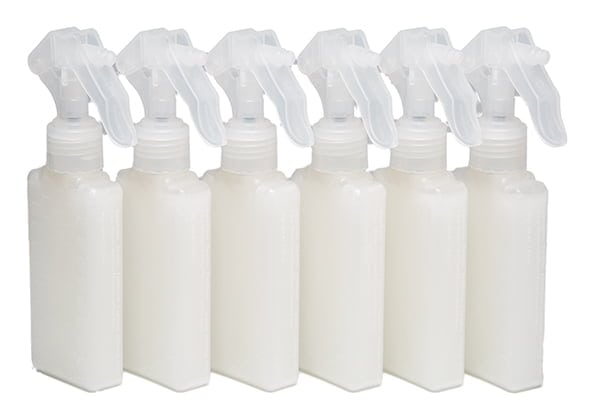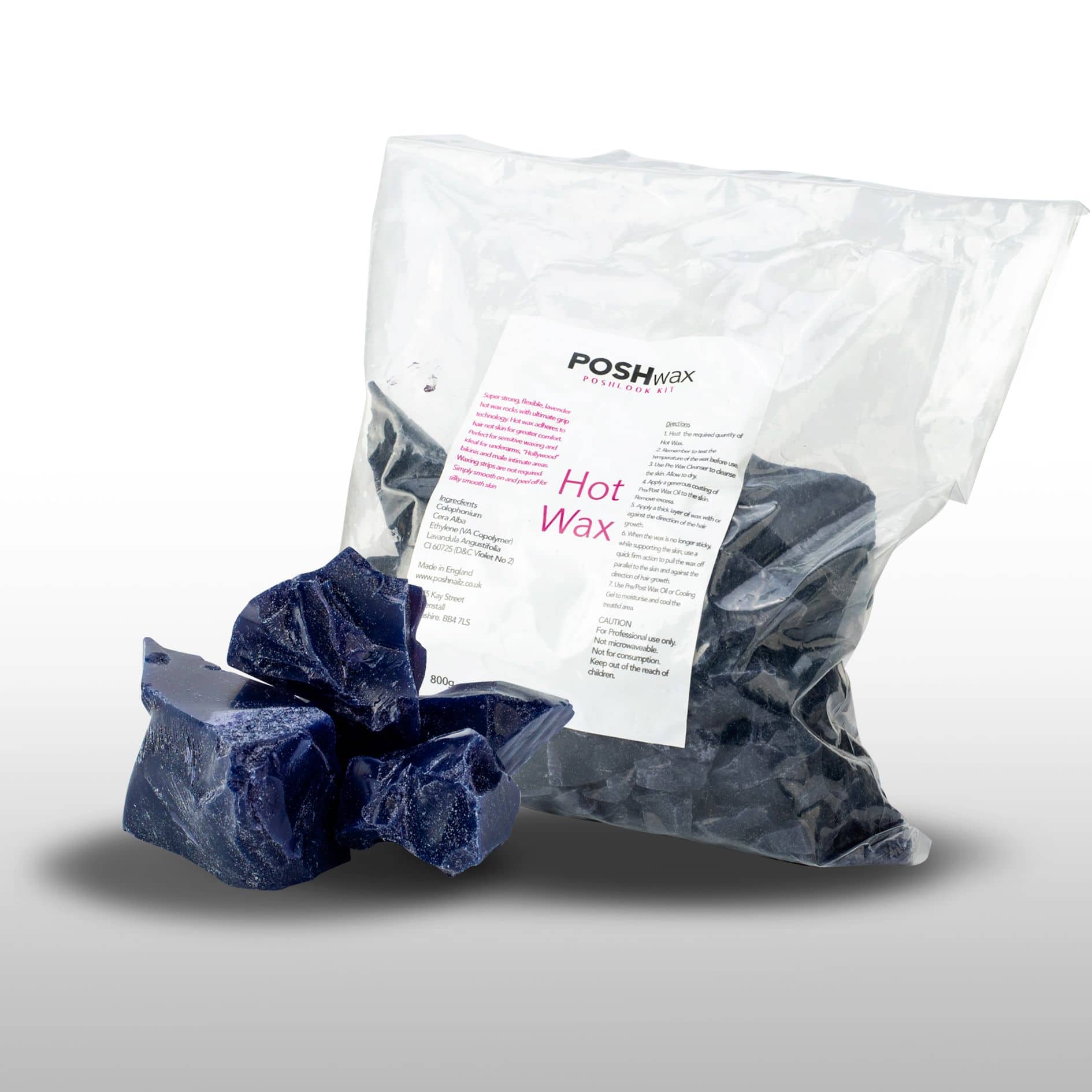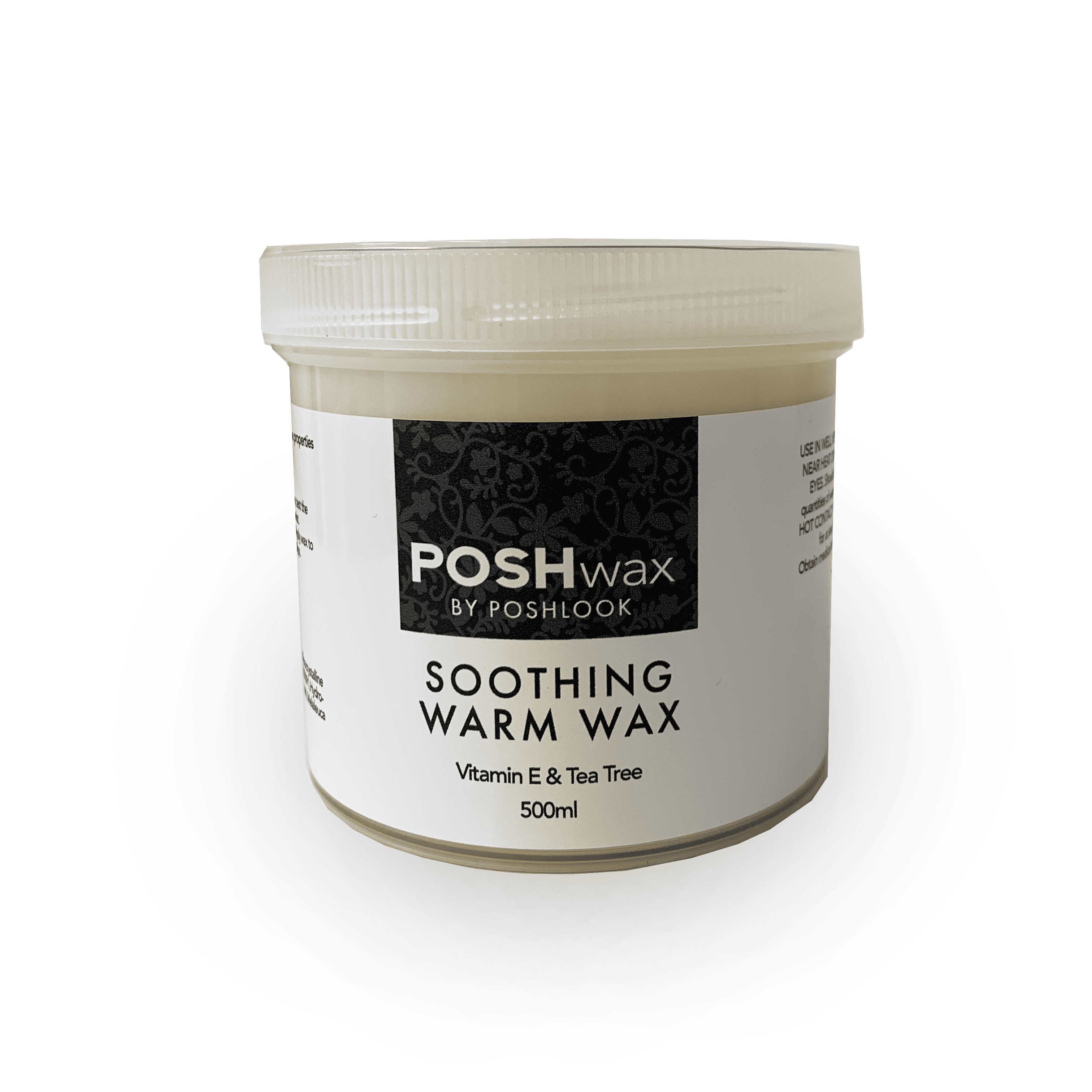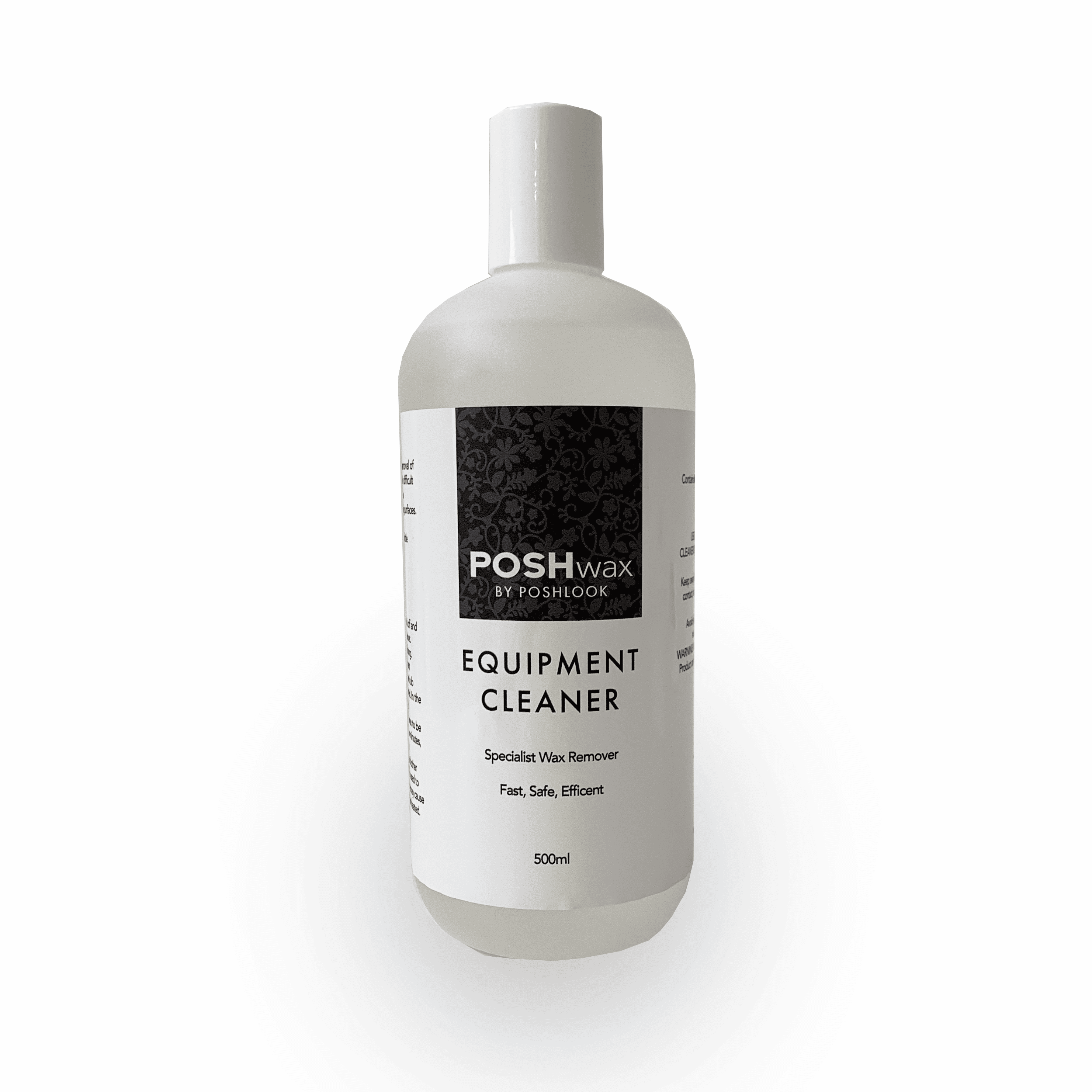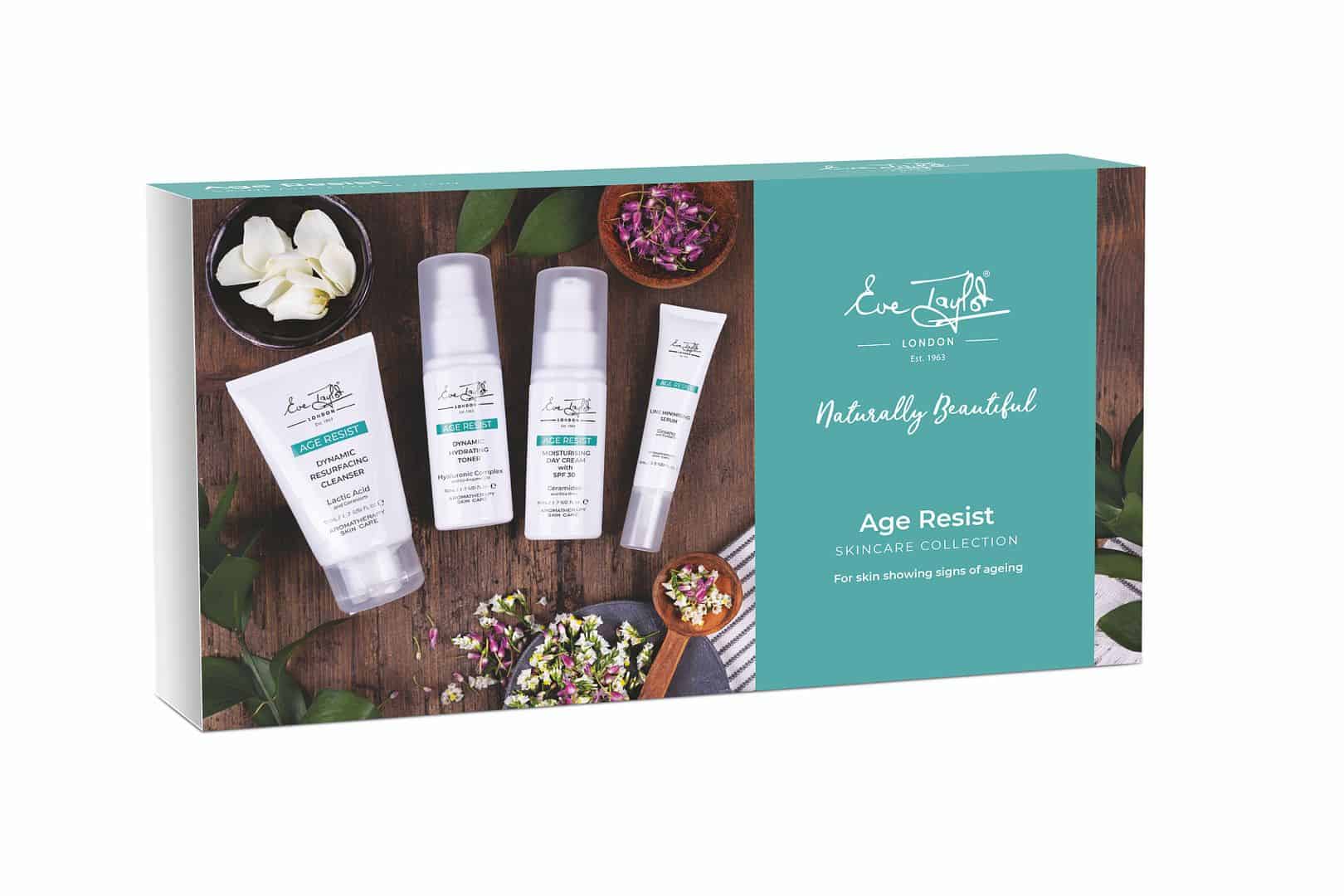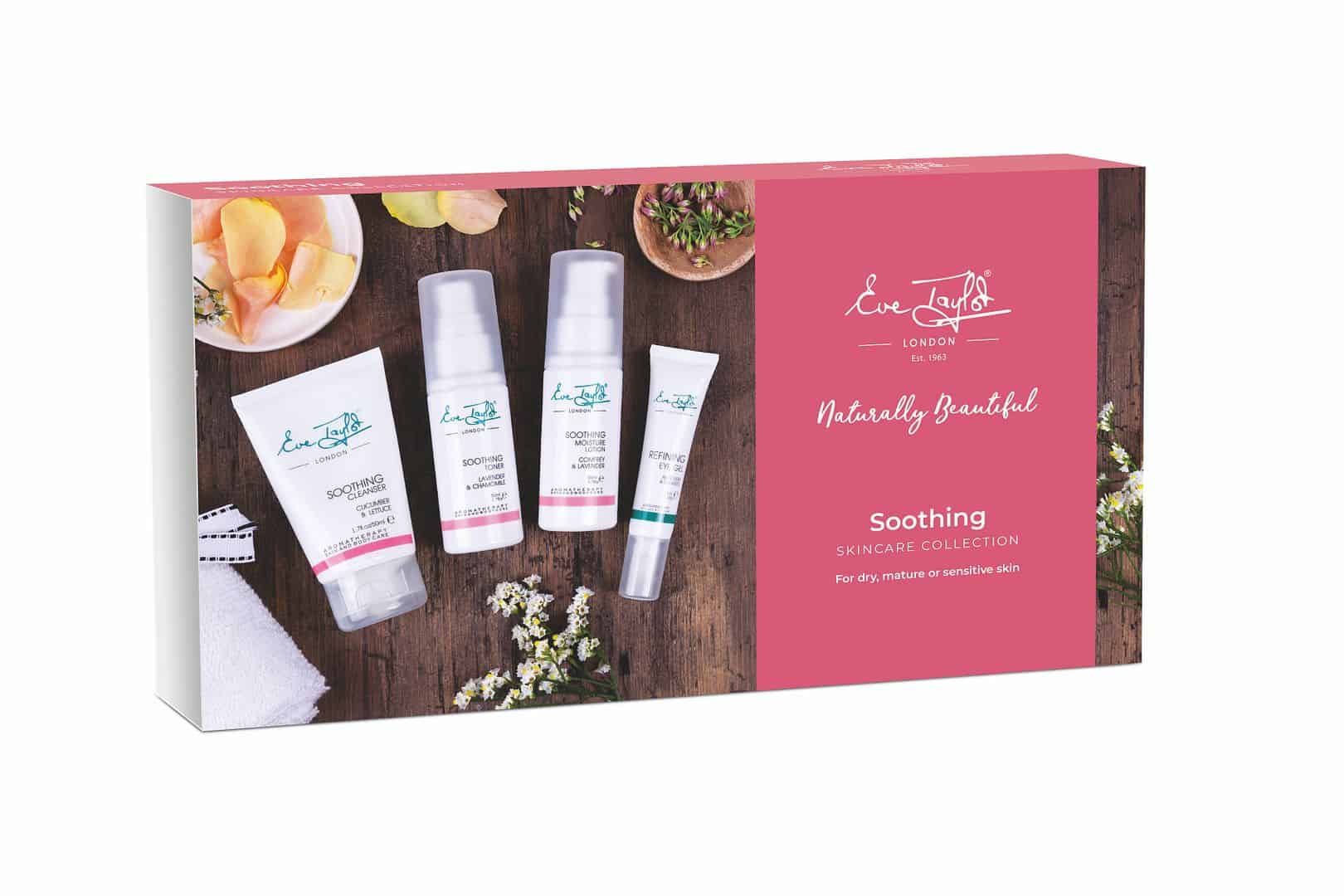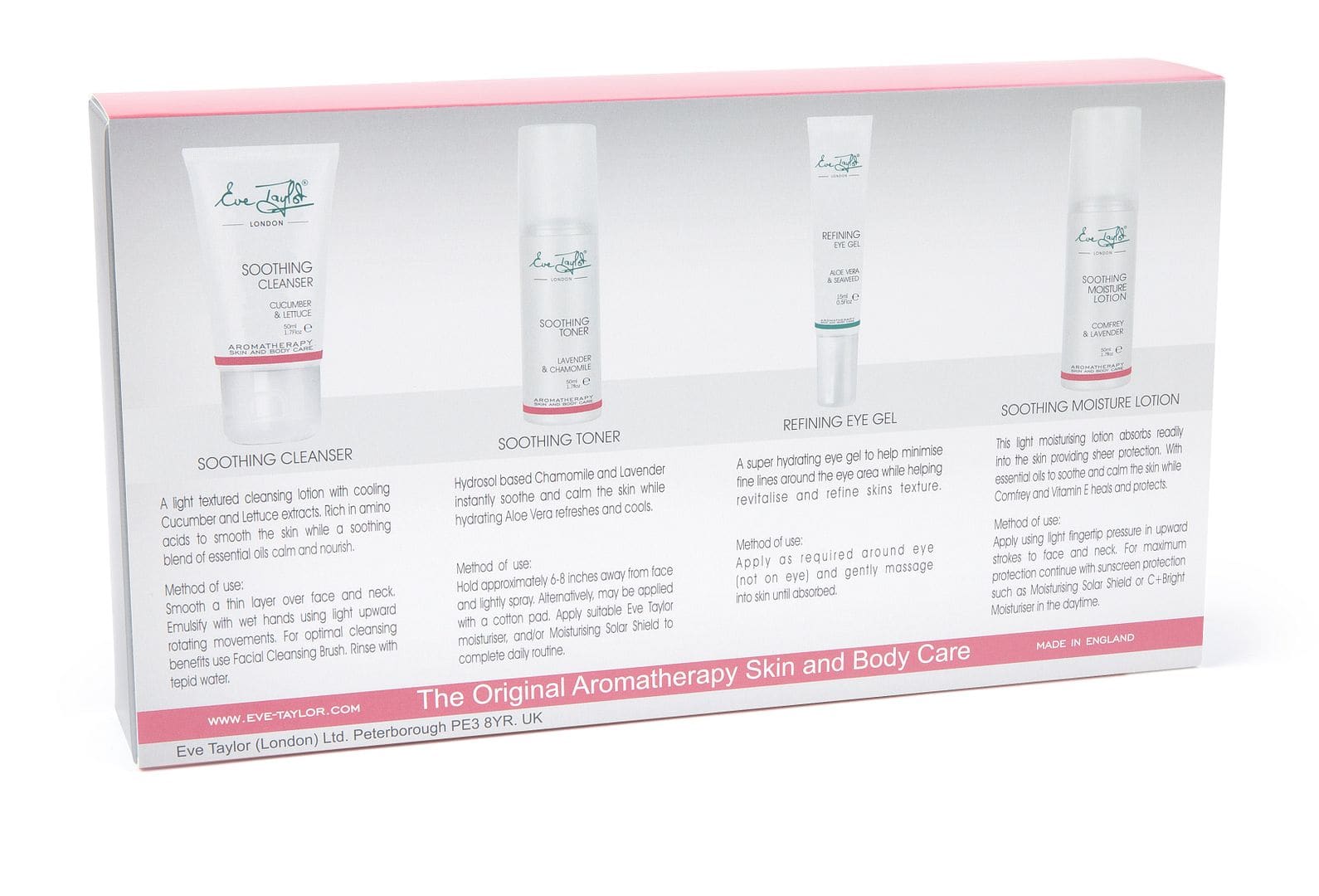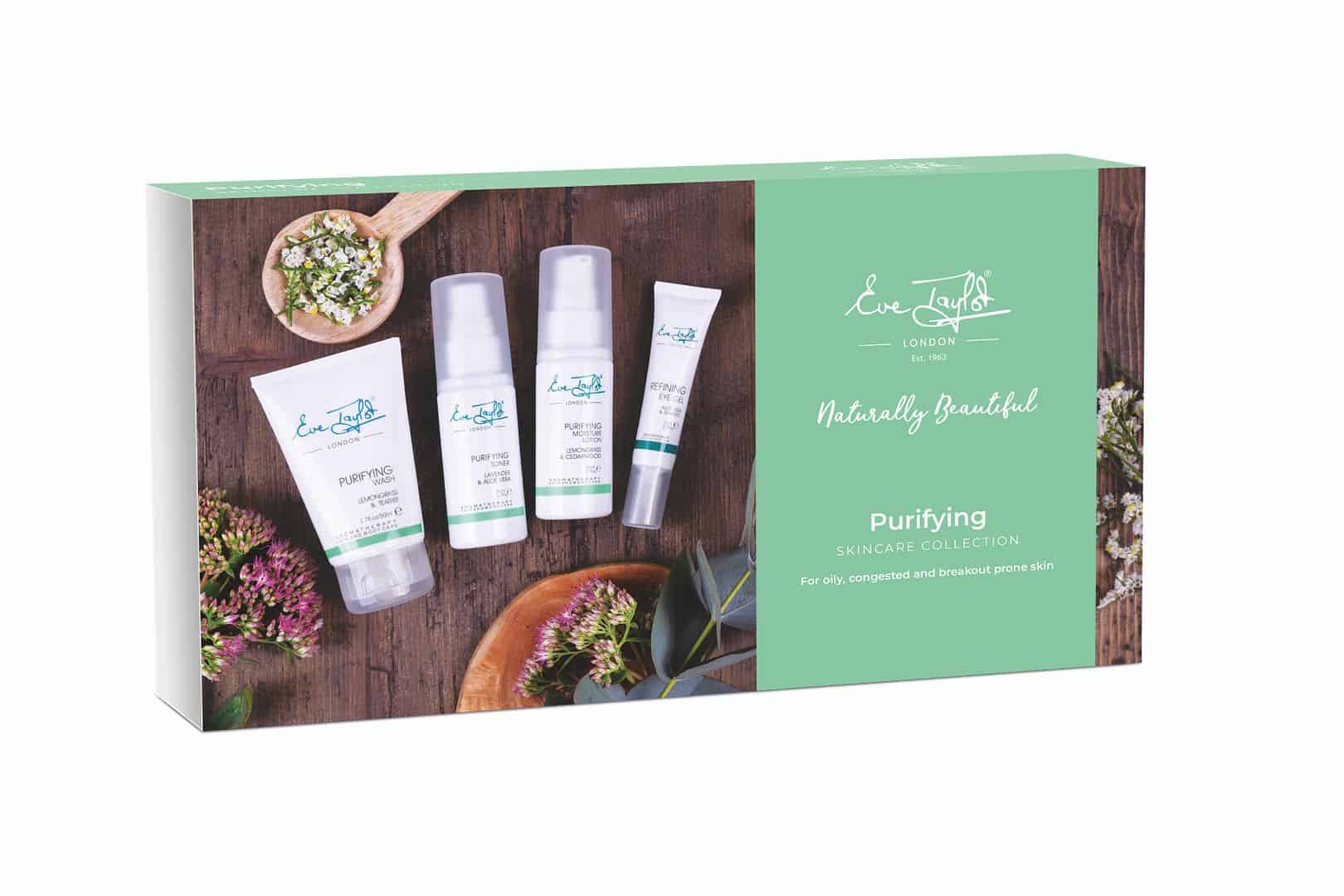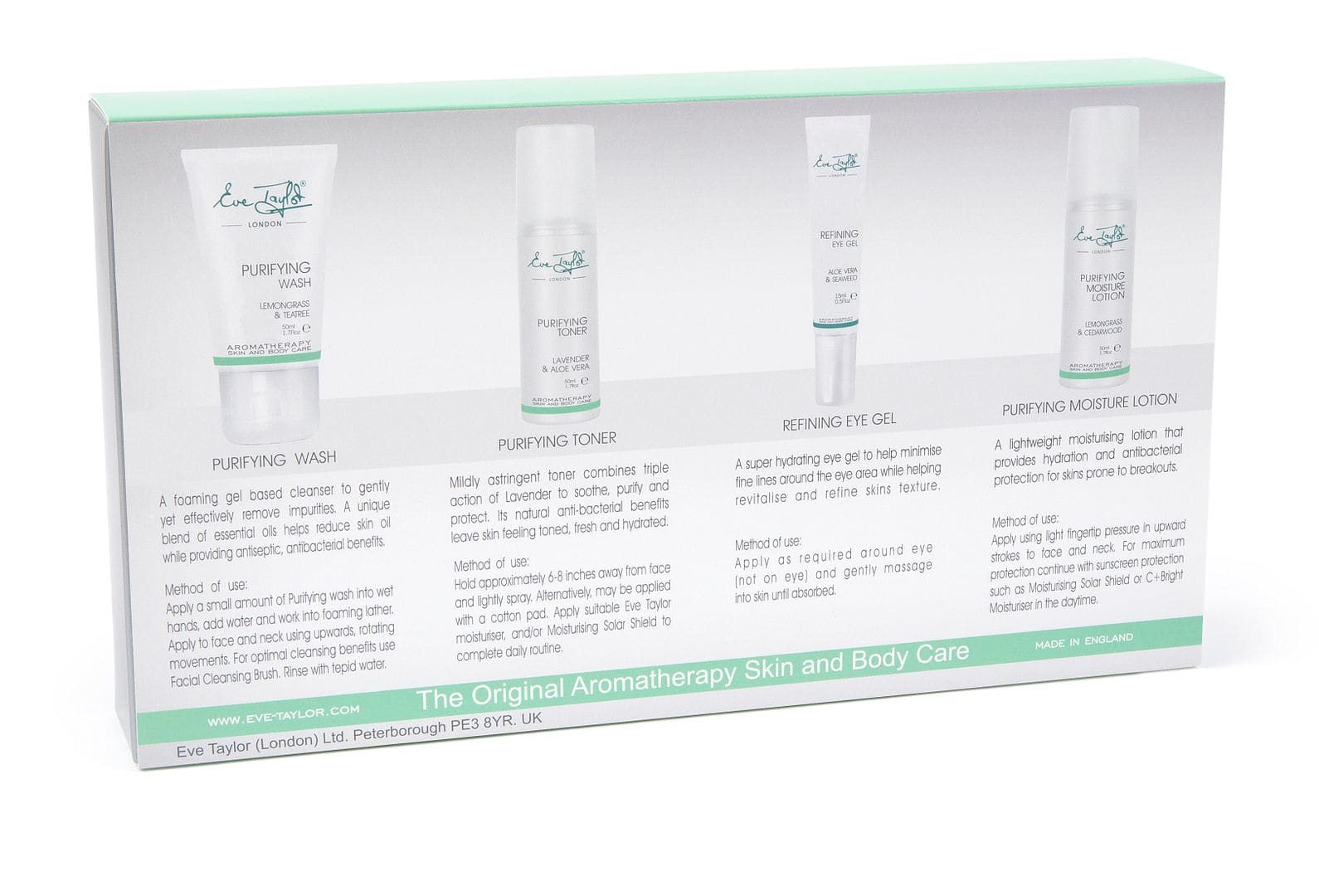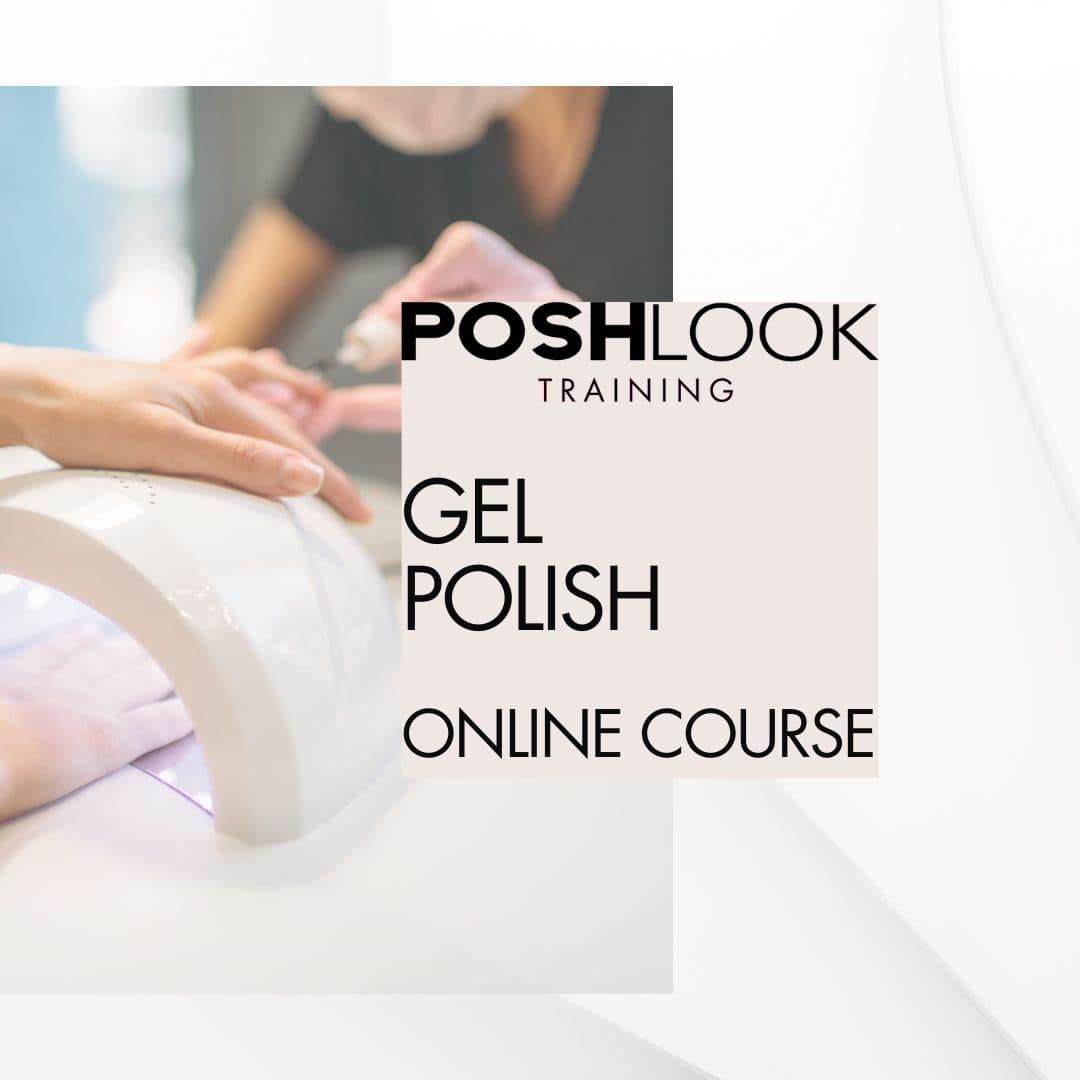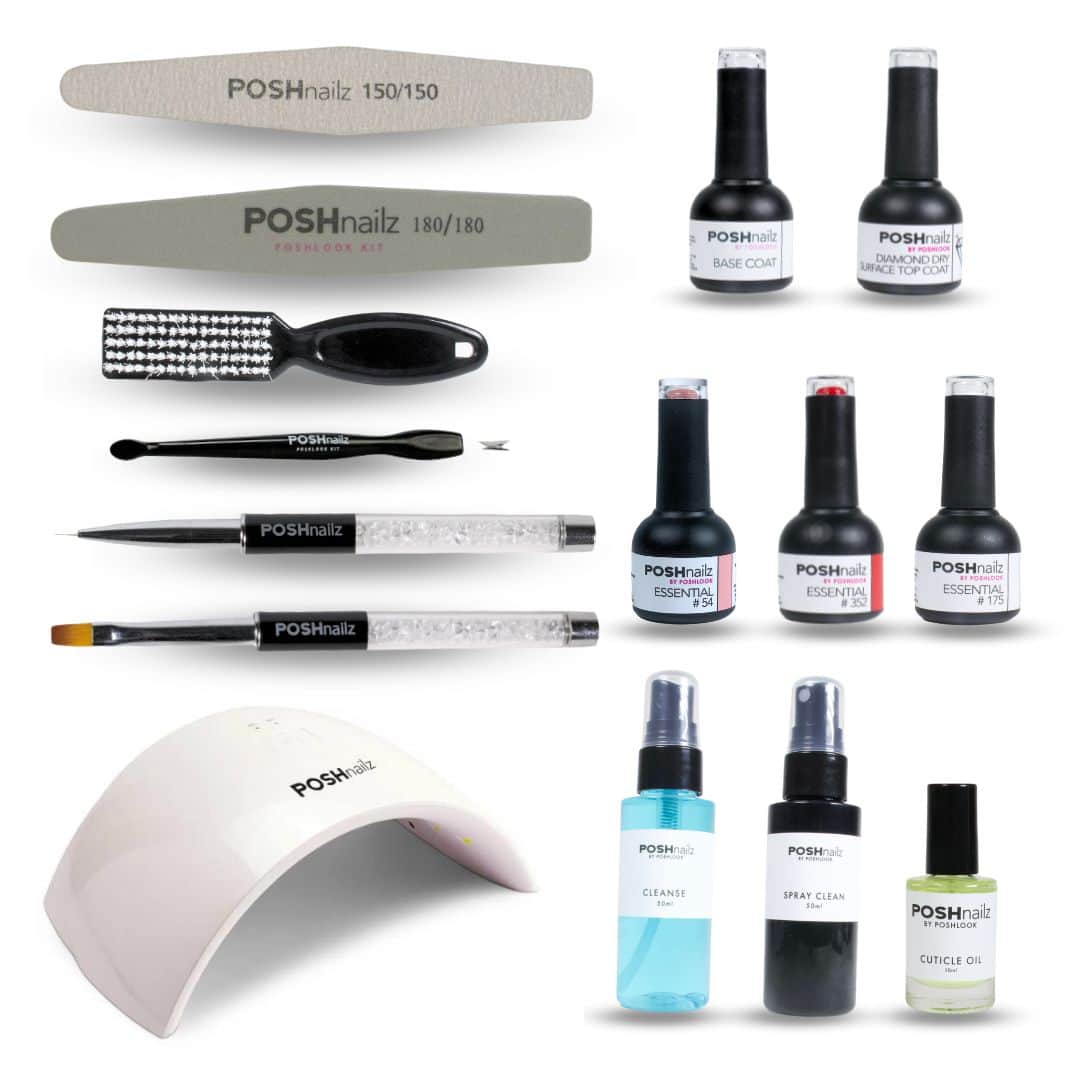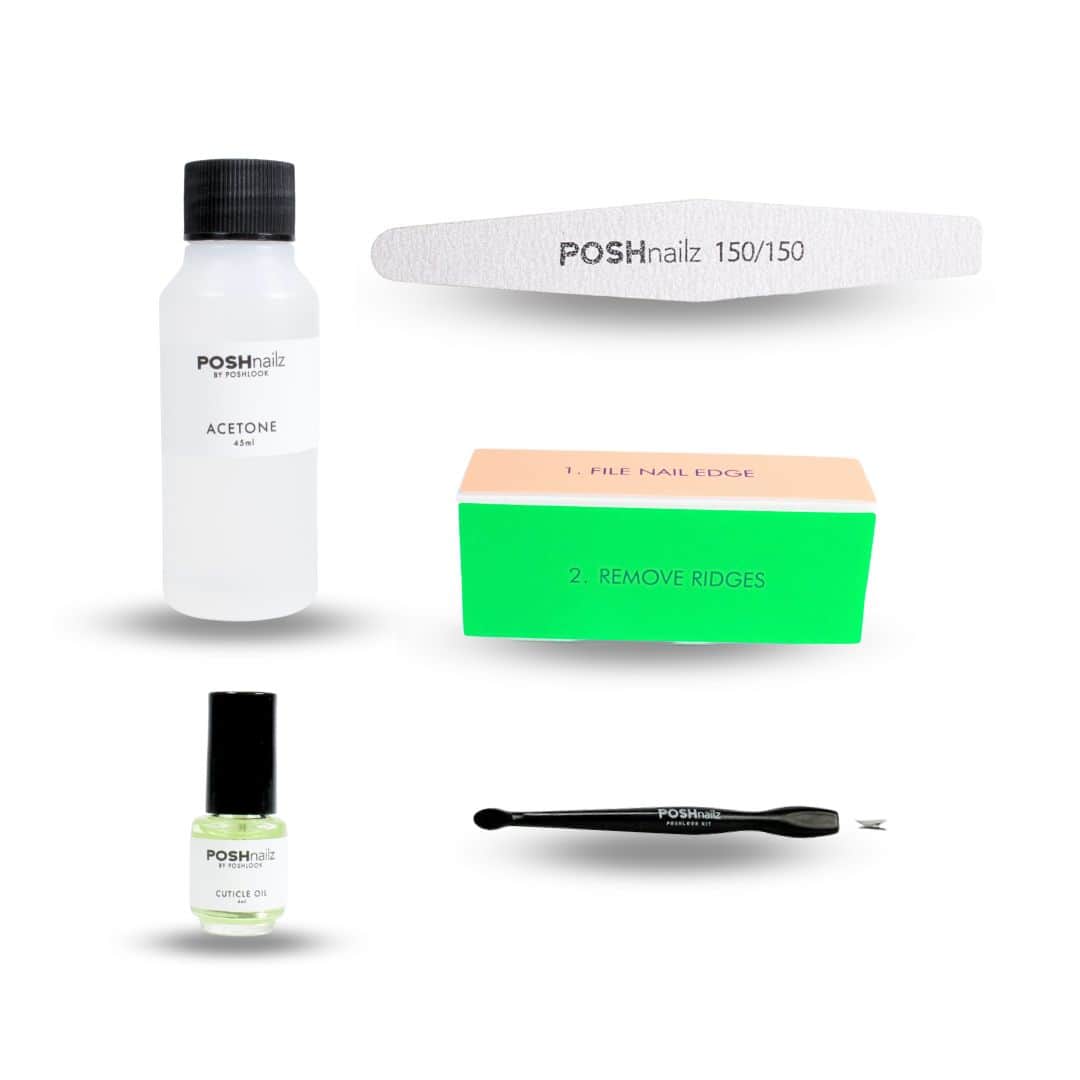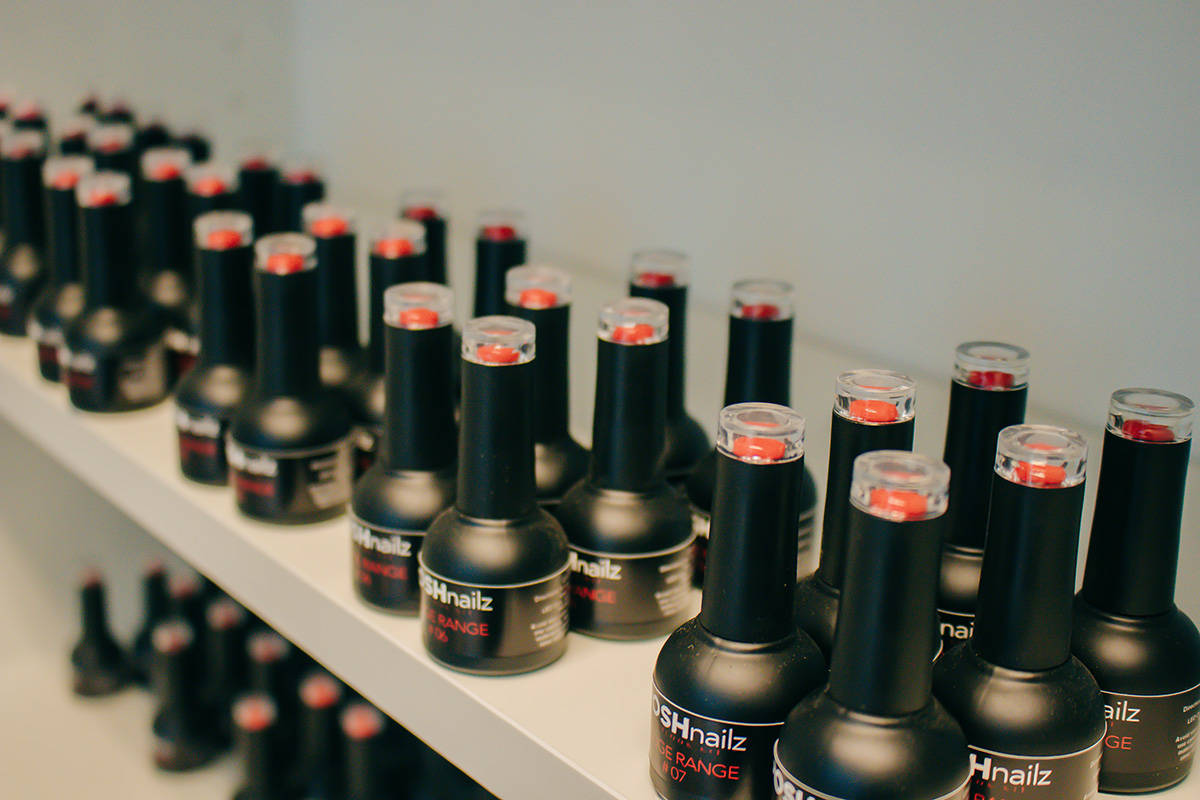[vc_row][vc_column][vc_column_text]
A beauty brand is nothing without its marketing. Beauty marketing has come a long way since the classic vintage ads of the 1950s that told women to doll up and slim down for their husbands. In recent years, the beauty industry has seen a huge increase in products, brands and ways that businesses can market to the masses.
It may seem saturated, but in the modern age of technology there’s potential for beauty marketing in every niche of the industry, whether you want to focus specifically on makeup brushes, gel polish or fake tan, there’s someone out there who wants to buy it.
But how do you get your products off the shelves? We’re going to run through the different ways that beauty marketing is changing in 2020 so that you can appeal to your target audience and generate big returns. We’ll cover:
- Social Media
- Influencer Marketing
- Inclusivity
- Environmental Consciousness
- Natural Products
Social Media
[/vc_column_text][vc_single_image image=”7228″ img_size=”full” alignment=”center”][vc_column_text]If you haven’t hopped on the social media train yet, it’s time to get on board in 2020! Every social media platform, from Instagram to Facebook, is free and accessible to EVERYONE and opens you up to an international audience. It’s more surprising nowadays if a brand isn’t on social than if they are. So, it’s a good idea to invest some time into creating a social media beauty marketing strategy.
Instagram and Youtube, in particular, are renowned for having huge communities of beauty experts and fans. Beauty giants, such as MAC Cosmetics and Charlotte Tilbury have tens of millions of followers, who they update regularly with the latest products, tutorials on how to use them and celebrity endorsements (but more on influencer marketing later). Brands use a combination of hashtags, videos, competitions/giveaways and engagement to increase their digital presence.
Some major brands even originated from social media. Jeffree Star is a prime example of using social media to make big stacks. Now a multimillionaire with an international makeup brand, he had humble beginnings on YouTube where he posted makeup tutorials. Over the years his audience grew and his brand image gained more and more strength, which all built up towards his current success.
The key to social media marketing is remembering that it’s all about personality. People buy into personalities, sometimes more so than the quality of the actual products. Why do you think Kylie Cosmetics has seen so much success? Kylie Jenner already had the backing of the powerful Kardashian brand behind her. Most beauty brands don’t have that advantage, but that doesn’t mean it’s impossible to make a name for yourself on social media. Read our social media guide for more details on how to create a successful social media strategy for your brand.
Influencer Marketing
[/vc_column_text][vc_single_image image=”7230″ img_size=”full” alignment=”center”][vc_column_text]Influencer marketing is another outlet within your overall social media marketing strategy. It’s had a huge impact on beauty marketing and shaped the way that consumers research and buy products. Celebrity endorsements have always been a powerful part of beauty marketing with special campaigns and product lines, but influencer marketing specifically taps into the online community.
Love Island contestants with millions of followers reflect the power of opinion, as they get paid thousands to promote makeup and beauty products. However, the phenomenon of influencer marketing has recently come under fire and people are losing faith in those who promote these products.
Look at the way huge celebs have been exposed for endorsing products that they haven’t even used. From Kim Kardashian’s Fit Tea promo to the viral video of prevalent celebs promoting gravel.
As a result of these controversies, in 2020, we’re expecting to see a huge shift to the use of micro-influencers. As people lose faith in big corporations and out-of-reach celebrities, brands are starting to realise the power of smaller influencers with loyal followers.
Micro-influencers usually have around 10k-20k followers but often see better engagement rates than those with hundreds of thousands. Consumers have more faith in these influencers because they’re more relatable and therefore trustworthy. Micro-influencers are friendlier on your budget too, so you should consider researching a trustworthy account to promote your products this year.
Inclusivity
[/vc_column_text][vc_single_image image=”7233″ img_size=”full” alignment=”center”][vc_column_text]The 2010s were all about the strive for perfection. We keep mentioning them, but it’s all thanks to the likes of the Kardashians that perfect skin and chiselled contour became the new norm.
In the 2020s, we’re expecting a return to the embracement of natural beauty. But how can a beauty business tap into the celebration of natural looks? It’s all about encouraging the accentuation of natural features. Whether it’s short nail styles or barely-there makeup, there are always ways to market new trends.
The popularity of natural looks has also led to an increase in inclusivity. Whether that’s age, race, gender or size, it’s all about embracing who we naturally are. You no longer need to find the perfect, airbrushed model to promote your products. Consumers love to see lumps and bumps embraced rather than hidden. Use a range of models to show how your beauty products accentuate the features of different people.
Environmental Consciousness
[/vc_column_text][vc_single_image image=”7234″ img_size=”full” alignment=”center”][vc_column_text]From the production journey, down to the eco-friendly nature of packaging, customers are starting to care a lot more about the environmental impact of their consumerism. Half of digital consumers say environmental concerns impact their purchasing decisions (GlobalWebIndex). So that’s a big chunk of consumers to target!
Not only will taking an environmental approach help with the climate crisis, but it will also have a positive impact on your sales. Age groups such as Millenials and Gen Z say they would pay more for environmentally friendly products. So if reducing your environmental impact costs more at the production stage, you can bump up your prices to match.
Marketing the environmental awareness of your brand can be done through design and campaigns. Take a natural approach to your branding and push the way your products are sourced and made. If you want to make your whole brand about the environment, use imagery and colour schemes that are inspired by nature. That way you can instantly tell that’s what your product is about.
Supporting charities will also boost your authenticity, so you’re not mistaken for greenwashing. Greenwashing is a term that’s used to accuse brands of hopping on the environmental trend to increase sales. Supporting an environmental charity will show that you genuinely support the prevention of climate change. You can do this by donating a portion of profits to a charity or by holding fundraiser campaigns throughout the year.
Natural Products
[/vc_column_text][vc_column_text]Not only are consumers more aware of the damage they’re inflicting on the Earth, but they’re also way more conscious of what they’re putting in and on their bodies.
People are more interested than ever before in where their products come from and what ingredients they contain. Brands can tap into this consumer shift by promoting the health benefits, production processes and the source of their products. Transparency is key. If your audience can track exactly where their products have come from then they’ll be more likely to make a purchase.
Emphasise the natural ingredients and health benefits of your products, to show that they’ll not only look good but feel good too.[/vc_column_text][vc_cta h2=”Want your own range of products?” txt_align=”center” add_button=”bottom” btn_title=”White Labelling” btn_style=”custom” btn_custom_text=”#666666″ btn_size=”lg” btn_align=”center” btn_link=”url:https%3A%2F%2Fposhnailz.co.uk%2Fwhite-labelling%2F||target:%20_blank|”]
Make your business dreams a reality with Posh Look’s White Labelling service!
[/vc_cta][vc_column_text]
So, there are lots of ways that beauty marketing is changing in 2020, but the main takeaway for your business should be transparency. A beauty brand should be inclusive, real and trustworthy to turn those leads into sales. It’ll also give you a sense of fulfilment knowing that your brand is making a real difference to the lives of your customers. If you’re thinking of starting a beauty business, check out our White Labelling service and see how Posh Look can help you create your very own line of products.
[/vc_column_text][/vc_column][/vc_row]











